Bridge cameras such as the Nikon Coolpix P600 are designed for those who want good zoom capabilities in a lightweight package for the holidays, without the need to change any lenses.
In the P600, Nikon is positioning the camera as one that offers quite a bit of flexibility but yet doesn’t cost as much as what you could spend on camera systems, which let you mix and match lenses and other add-ons.
Perhaps that’s why the P600 has very “digital SLR” feel. This starts with the deep grip it offers, which enables a comfortable, firm hold on the camera. It is also very handy, with many buttons and levers within easy reach.
Settings such as menu, zoom, timer and Exposure Value compensation are well within the right thumb’s reach. Putting the camera on full manual mode, I could easily adjust the shutter and aperture just by using the rear dial and wheel at the back of the camera.
Using the electronic viewfinder (EVF), however, was not so pleasant as there was a noticeable time lag when switching between the LCD screen and the EVF. The experience was made worse by the less-than-responsive button and can be frustrating when you need to use the EVF fast.
And when it comes to focusing speed, the P600 seems to lag. That could be a potential deal breaker for users who are more used to snappy focusing. Add that to the slow zooming of the lens, and I ended up missing the shot on a number of occasions.
When it comes to image quality, the P600 exhibits some of the issues common on compact cameras. That’s not a surprise since the sensor used in the P600 is similar to compact cameras. The images are sharp but often lack contrast, especially when higher ISO settings, upwards of ISO 400, are used.
That said, I am pretty fond of the camera’s special effects capabilities, particularly the High Contrast Monochrome feature. This provides very “contrasty” black and white images reminiscent of art-worthy street photos on news magazines.

One of the bridges in New York City’s Central Park. The picture is sharp but lacks contrast and blue colour fringing is present in highlighted areas.
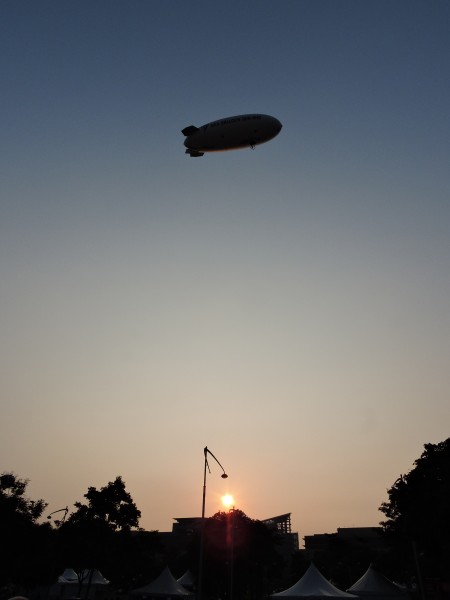
The Nikon P600 vivid mode is a tad underwhelming in terms of colour.
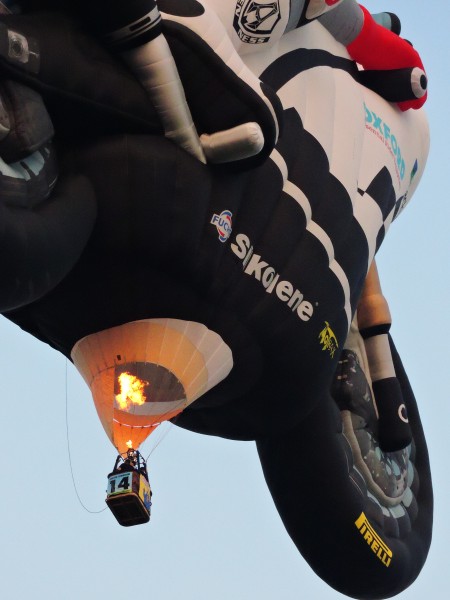
Pushing P600’s zoom to the maximum I could get details from a distance. However, a high ISO setting is needed to ensure shutter speed is not too slow to avoid camera shake, at the expense of image quality due to ISO noise.

With the sun’s help, I was able to bring down the ISO and the improvement was quite dramatic.
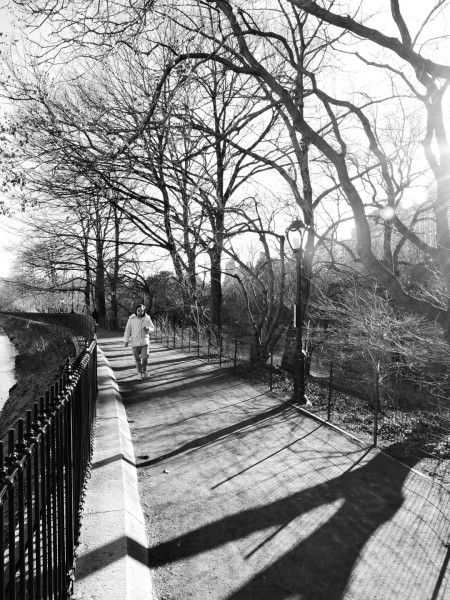
If you are into art monochrome shots, then the P600 is a surprise performer in this genre of photography. Once stripped of colour, the camera is able to extract more detail and produces a more vibrant picture overall.
The bridge camera market is a competitive one, with the latest from Olympus and Sony featuring long zoom lenses with higher sensitivity to light with a wide f2.8 aperture available throughout the zoom range.
In contrast, the Nikon P600 requires a tripod and users would be harder to use in more demanding scenarios such as sports and night photography.
To its credit, the P600 is priced competitively at S$749. If you can overlook its shortcomings, it will come across as a small camera with big zoom capabilities that can prove handy when you need to fire away on a holiday trip.
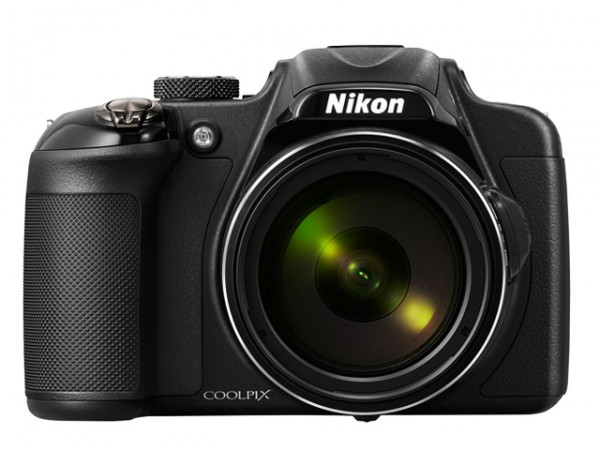
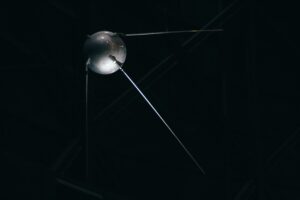




U mentioned “The bridge camera market is a
competitive one, with the latest from Olympus and Sony featuring long
zoom lenses with higher sensitivity to light with a wide f2.8 aperture available throughout the zoom range. ” Could you tell me which Olympus and Sony cameras have the constant f2.8 aperture
U mentioned “The bridge camera market is a
competitive one, with the latest from Olympus and Sony featuring long
zoom lenses with higher sensitivity to light with a wide f2.8 aperture available throughout the zoom range. ” Could you tell me which Olympus and Sony cameras have the constant f2.8 aperture